Van Conversion and Two Days Fishing
Didn’t I use this title last week? Thank you for reading this post on Van Conversion and Two Days Fishing. The fishing was fair at best, but let’s look to the van first…
Subscribers without photos- go to https://www.spottedtail.com/blog/, please.
I’ve built the cabinet in the back of the van. Debating as to whether to put doors on the hatches. Will need to take a couple short trips to see if stuff falls out, I suppose.
Whenever I use the Bang-O-Craft, I always run all the gasoline out of the carburetor at the end of the trip. When I used it last week, I forgot to do that. When I finished working on the van Tuesday, it was about 1500 hours. I’ll run the gas out of the boat! I’ll bring a fishing rod!
I went to CS Lee Park. There was exactly one trailer in the lot, not a good sign. I ran the boat up to the mouth of the Econ. Saw no breaking fish at all- no gar, no mullet, and certainly no shad. Did not get a bite on tandem-rigged crappie jigs. A virtual biological desert! Floated down the river to the boat ramp, casting the entire way, solidly skunked.
There was an FWC creel survey dude there, who interviewed me. He told me no one has caught anything out of that ramp for at least three weeks. He further said such shad as were being caught were being taken out of the Cameron Wright ramp, near Sanford. Sounds like a poor shad season to me…
Friday under a heavy overcast I went back to the Indian River Lagoon, tailing black drum on my mind. Naturally, I didn’t see a one. I did get rained on. In my waders, with a raincoat on, it was not unpleasant. I did see a fair number of redfish. Unfortunately, all but two were flushed by running them over with the kayak, not a good technique for catching them.
The two I had shots at were bank-crawlers. I hit one on the tail with the RipTide shad, also not a good technique for catching them. The other spooked off my schmutz-coated fly (a wiry green algae collection guaranteed to offend any fish).
I got a trout and a small red blind-casting the shad to keep the skunk at bay. I have to think if I went there with good visibility I’d get a few fish. It doesn’t look like that chance will happen this week, though
And that, folks, is a Van Conversion and Two Days Fishing Report. Thanks again for reading!
Every day is a blessing. Don’t waste it- Go fishing! Go paddling! Go on a walk! Stay active!
John Kumiski
www.johnkumiski.com
www.spottedtail.com
www.spottedtail.com/blog
All content in this blog, including writing and photos, © John Kumiski 2024. All rights are reserved.
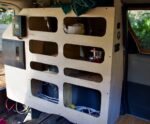
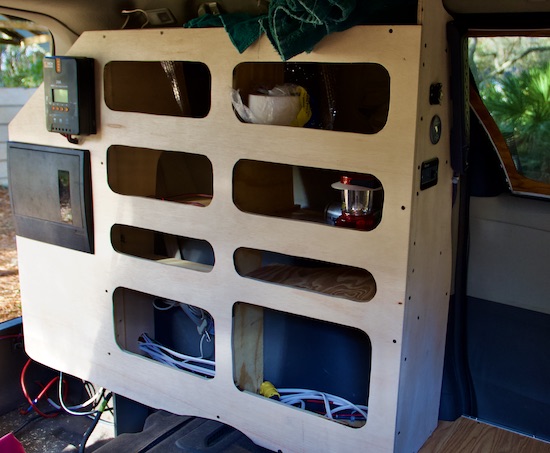
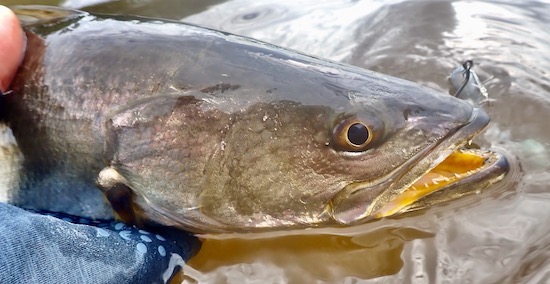
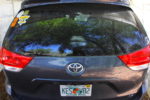






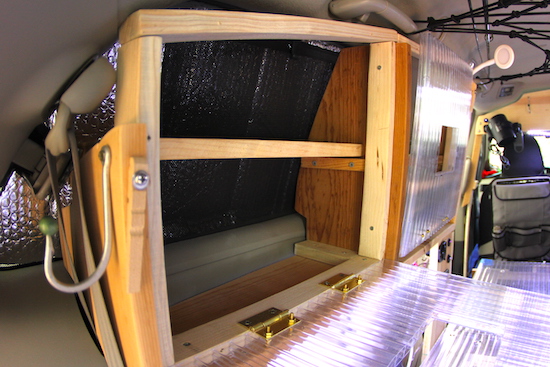






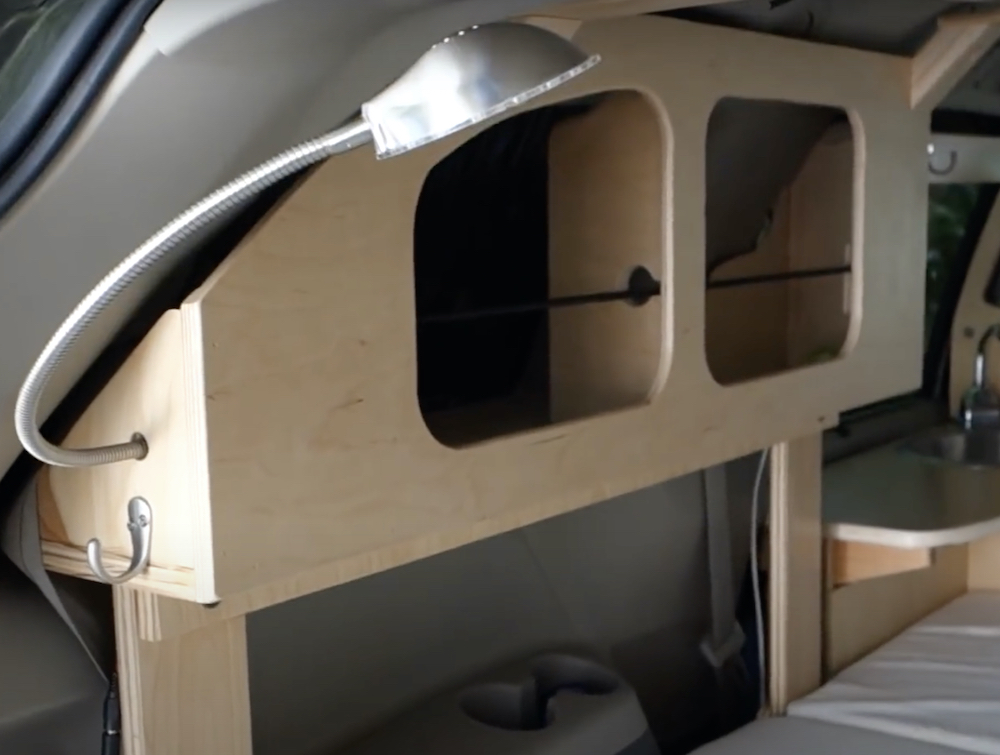



Recent Comments